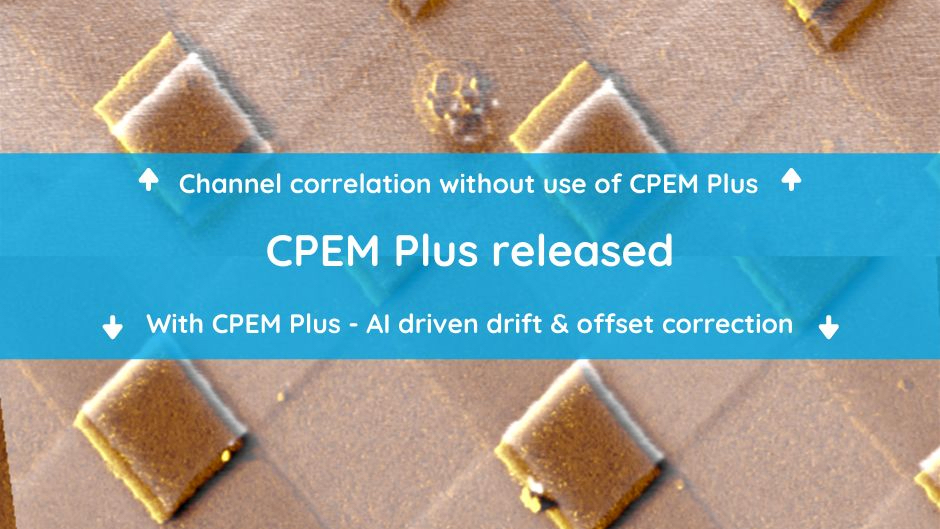CPEM Plus functionality released

Good news for researchers that need fast & precise correlative imaging for their measurements. We have just completed the development of CPEM Plus, an extended software functionality of the CPEM technology. What can it do?
Product
|
01. 02. 2022
|
by Stanislav Luska
Product
Technology
Related posts

Product
|
21. 08. 2024
|
by Markéta Součková
LiteScope Receives Prestigious R&D 100 Award
Product
Technology

Product
|
29. 03. 2023
|
by Stanislav Luska
We are thrilled to announce the release of LiteScope 2.5
Product
Technology

Product
|
28. 04. 2022
|
by Stanislav Luska
A new version of NenoView software is out
Product

Product
|
12. 10. 2021
|
by Stanislav Luska
Sample rotation module for LiteScope released
Product
Technology

Product
|
04. 05. 2021
|
by Stanislav Luska
NenoProbe magnetic released
Product


